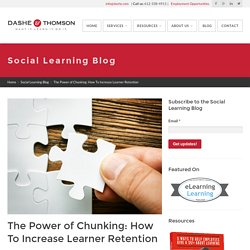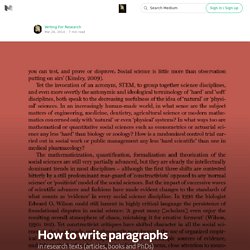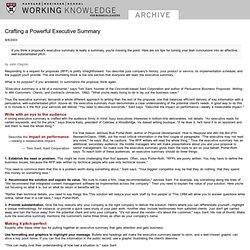

Google for Teachers: 100+ Tricks. It's Google's world, we're just teaching in it.

Now, we can use it a little more easily. With classes, homework, and projects–not to mention your social life–time is truly at a premium for all teachers, so why not take advantage of the wide world that Google for teachers has to offer? From super-effective search tricks to Google for teachers tools to tricks and tips for using Gmail, Google Docs, and Google Calendar, these Google for teacherstricks will surely save you some precious time when using technology in the classroom. Google for Teachers Search Tricks These search tricks can save you time when researching online for your next project or just to find out what time it is across the world, so start using these right away. Convert units. Google for Teachers From Google Scholar that returns only results from scholarly literature to learning more about computer science, these Google items will help you at school. Google Scholar.
Using Google Docs in the Classroom 22. 23. 24. The Power of Chunking: How To Increase Learner Retention. In 1980, K.

Anders Ericsson and his colleagues published a fascinating experiment. They took a student of average intelligence, memory capacity, and IQ and had an experimenter test the limits of his memory. The experimenter read a series of random numbers and then had the student recite them back in the exact order. If he was able to recite the numbers in the correct order, the experimenter would add another digit to the next random set. If he made a mistake, the next set of random numbers would be one digit shorter. At the beginning of the experiment, the student proved his average intelligence and memory by only being able to memorize a sequence of about 7 numbers. The experiment was repeated, 4 days a week, for almost two years. 20 months later, the student who began with an average memory, just like you and me, could now memorize a sequence of numbers 80 digits long.
How did the student achieve such a dramatic increase in the ability of his short-term memory? Grouping: Patterns: How to write paragraphs — Advice for authoring a PhD or academic book. In English the core building blocks of any intellectual or research argument are paragraphs.

Each paragraphs should be a single unit of thought, a discrete package of ideas composed of closely linked sentences. The most generally applicable sequence to follow is — Topic, Body, Tokens, Wrap. The opening ‘topic’ sentence alerts readers to a change of subject and focus, and cues readers (in ‘signpost’ mode) about what the paragraph covers. It should never link backwards to material that came before (linkages are instead always made forward in ‘wrap’ sentences). So be wary of starting paragraphs with linking words (such as ‘However’, ‘Never the less’, ‘Furthermore’), lest they lead you into looking back. Rational, skimming readers do not treat all parts of paragraphs in the same way. It follows that the beginning and endings of paragraphs should always be the most carefully written materials. Six common paragraph problems Six things most commonly go wrong in writing paragraphs: English Grammar Resources. Business English: meetings, negotiations, marketing, presentations, telephone and more ...
Business Report Writing. Presentations. Academic writing. Summary Skills. Crafting a Powerful Executive Summary. If you think a proposal's executive summary is really a summary, you're missing the point.

Here are six tips for turning your blah conclusions into an effective, well-substantiated pitch. by John Clayton Responding to a request for proposals (RFP) is pretty straightforward. You describe your company's history, your product or service, its implementation schedule, and the support you'll provide. The one stumbling block is the one section that everyone will read: the executive summary. What is its purpose? "Executive summary is a bit of a misnomer," says Tom Sant, founder of the Cincinnati-based Sant Corporation and author of Persuasive Business Proposals: Writing to Win Customers, Clients, and Contracts (Amacom, 1992).
Thus the executive summary demands a whole different approach to writing than the rest of the proposal, one that balances efficient delivery of key information with a persuasive, well-substantiated pitch. 1. 2. 3. Use formatting and graphics to highlight your message. Executive Summaries. The Four Driving Questions for success. Interpersonal Communication Skills.